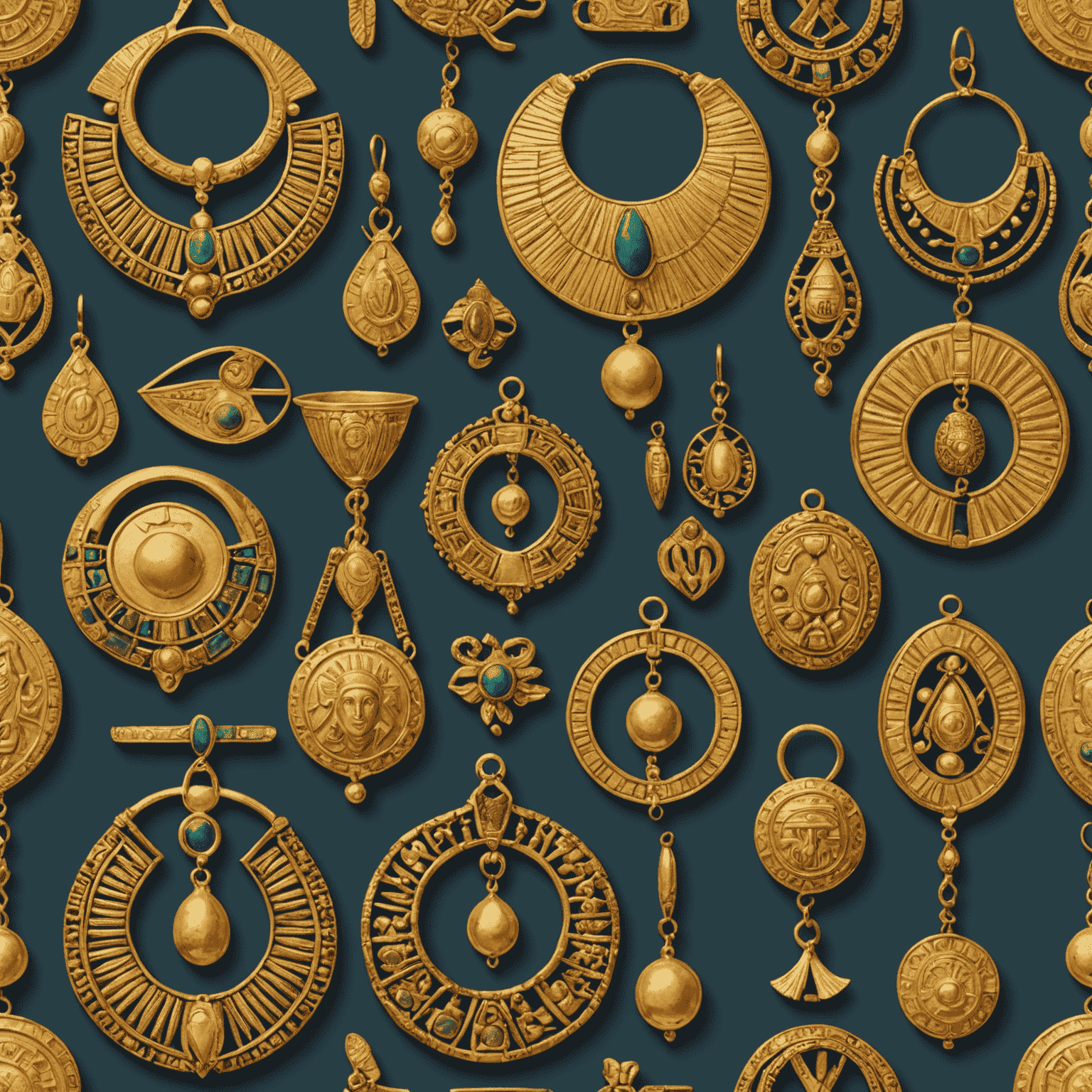The History of Gold as a Store of Value

Gold has been a highly valued commodity for thousands of years, serving as a store of value and a symbol of wealth across civilizations. From ancient times to the modern era, gold has maintained its status as a reliable investment and a hedge against economic uncertainty.
Ancient Civilizations
In ancient civilizations such as Egypt, Mesopotamia, and Greece, gold was used to create ornate jewelry, decorative objects, and even as a form of currency. The rarity and beauty of gold made it a highly sought-after commodity, and its durability ensured that it could be passed down through generations.

The Gold Standard
In more recent history, many countries adopted the gold standard, which tied the value of their currency to a fixed amount of gold. This system provided stability and confidence in the value of money. However, the gold standard was eventually abandoned due to economic pressures and the need for more flexible monetary policies.
Modern Times
Today, gold remains a popular investment choice, particularly during times of economic uncertainty. Investors often turn to gold as a safe haven asset, as it tends to maintain its value even when other investments, such as stocks and bonds, are volatile. Gold is also used as a diversification tool in investment portfolios, helping to mitigate risk.

In conclusion, the history of gold as a store of value spans thousands of years, from ancient civilizations to the modern era. Its enduring appeal lies in its rarity, beauty, and ability to maintain its worth over time. As investors continue to seek stable and reliable investment options, gold is likely to remain a popular choice for years to come.